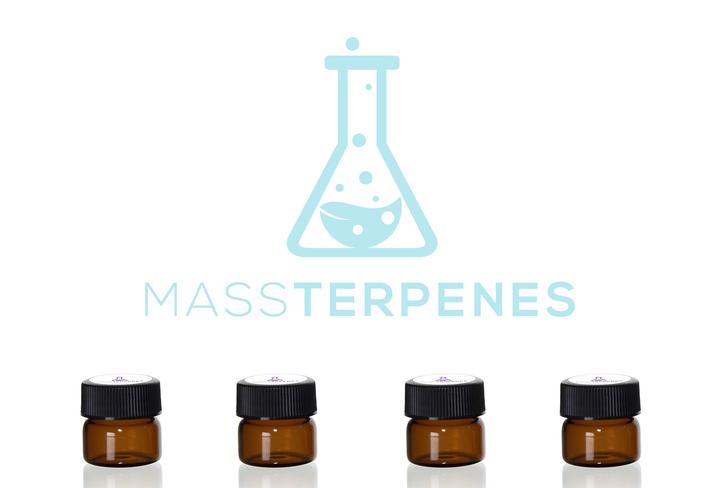You’ve experienced the power of terpenes when you ever took a hit of vape juice or opened up one of the jars and smelled the powerful aroma. The terpenes that we use aren’t created equal. CDT Terpenes, also known as cannabis-derived terpenes are the most pure and authentic method to enjoy cannabis ‘ aromas and flavours. CDT Terpenes do not use botanical terpenes in order to replicate the taste of cannabis. Instead they’re extracted directly from the cannabis plant. This means you’re receiving the essence of cannabis and not a synthetic recreation.

Image credit: massterpenes.com
Terpenes of the CDT: more important than ever
Brands have been using Terpenes that are derived from plants (BDTs) for a number of years to make cannabis-based flavors. They may taste good but they’re not as potent as cannabis. Blueberry terpenes that are not cannabis-derived can’t convey the full range of Blueberry Kush. That’s why cannabis derived Terpenes are crucial because they not only provide a hint of a certain flavor, they offer the complete, authentic experience.
The average consumer is more educated today than ever before. Most consumers are conscious of what genuine cannabis tastes like and will no longer rely on artificial flavors.
CDT Terpenes are currently in high demand because people are looking for the complete spectrum experience that can’t be achieved by terpenes made from citrus, lavender or pine. If it’s the strong, smoky aroma of an OG Kush or the sweet, tropical notes of a Mimosa strain, cannabis-derived terpenes offer the most powerful, most authentic aroma available.
Live-Extracted and Cold-Cured CDT Terpenes What’s the Difference?
Not all cannabis-derived terpenes are extracted the same way. Certain terpenes are extracted in a live state that is, they are extracted from fresh cannabis dried before it is harvested. This allows for the retention of the most delicate and volatile substances, making them have a scent and a taste that is similar to fresh cannabis as possible. These live-extracted CDT terps give off a vibrant, just-cut-from-the-plant aroma, which is why they are often compared to live resin.
Cold-cured CDT Terpenes are then extracted from cannabis which has been cured and aged under controlled temperatures. This process allows terpenes ‘ maturation, which enhances their flavors and aromas. Terpenes that are cold-cured have a silky rich and complex taste. If the extracted live terpenes were fresh and pungent, then cold-cured terspenes would be smooth and sophisticated. They bring out the richness of the terpenes they make a fantastic choice for connoisseurs who appreciate the complexity of their experience.
How CDT Terpenes are Changing the industry
With the growth of cannabis markets and more consumers demand better quality items, CDT terpenes are becoming the most popular choice for premium brands. Vape cartridges, dabs edibles, tinctures and even tinctures incorporate cannabis-derived, terpenes to elevate the experience. The flavor difference is instantly evident. No longer are there artificial flavors that are characterized by a single note. Instead, you get the full-bodied aroma and rich aroma of cannabis.
Even those who were once satisfied with botanical terpenes is making the switch. It’s true that consumers know when they are able to tell when something is not authentic. They are looking for flavors that are as natural, potent and authentic to the plant as it is. Brands that use CDT terps aren’t just keeping up with trends they’re leading the charge toward a future where cannabis products actually taste like cannabis.
The Bottom Line
The most effective option if you want to get the best quality cannabis-derived Terpenes. They improve the effects of entourage give the most authentic experience, and keep the original taste of the plant. You may be a producer looking to make your products more appealing or a customer looking for the most pure cannabis flavor, CDT terpenes are the best way to take.
It’s not about artificial flavors however, rather, natural, full spectrum, strong taste. It all starts with CDT terps.








